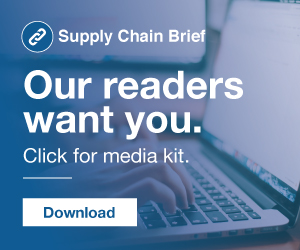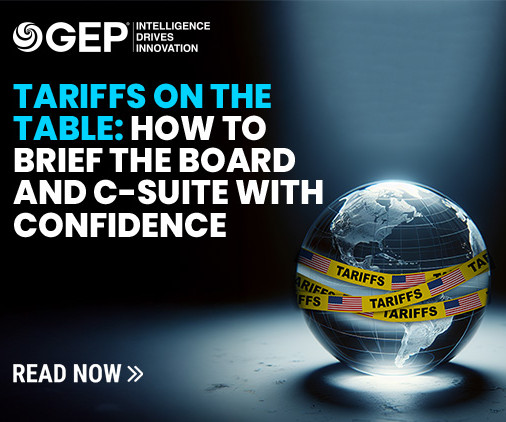How demand planning can quench our thirst for beer
Kinaxis
JULY 26, 2018
by Mike McAllister World Cup and hot summer combine to create beer bottle shortage for German brewers. On the heels of a carbon dioxide (CO2) shortage in the UK that caused some breweries to ration beer production , Germany’s long, hot summer and the revelry surrounding the World Cup have combined with suboptimal demand forecasting to create a significant shortage of beer bottles , causing breweries large and small to plea to customers to return their empties.








































Let's personalize your content